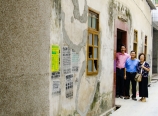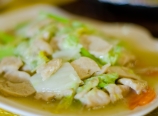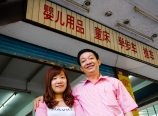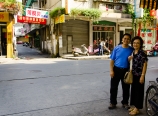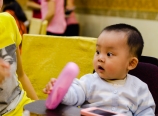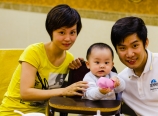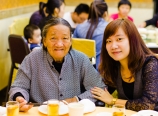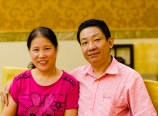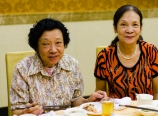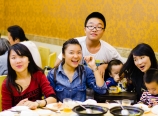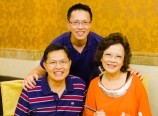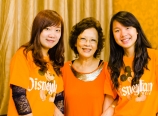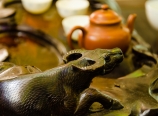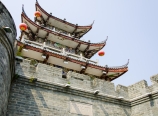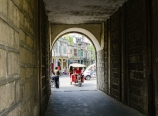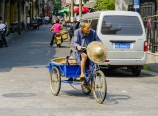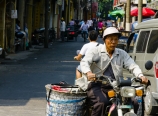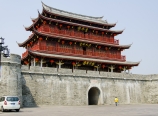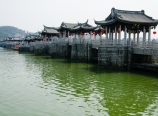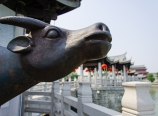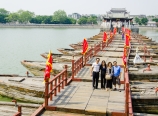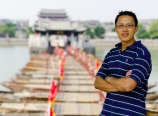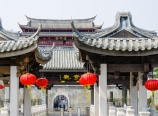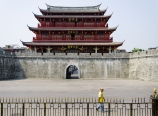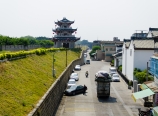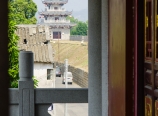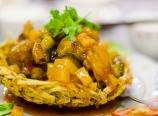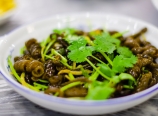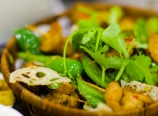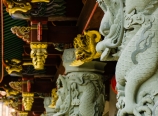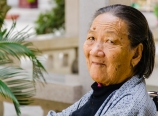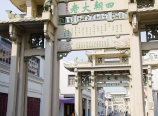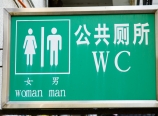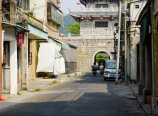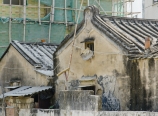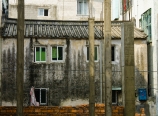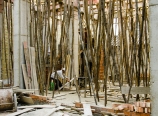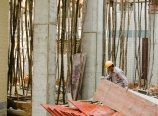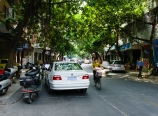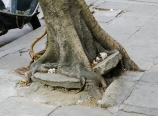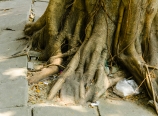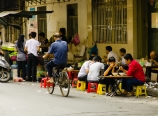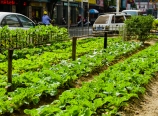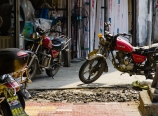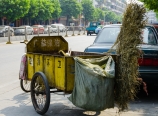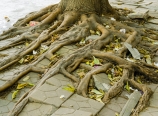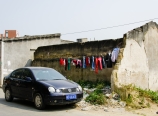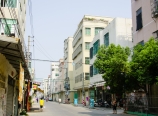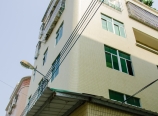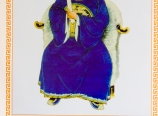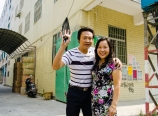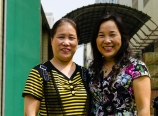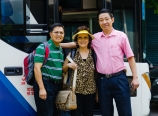
Sunday morning, on my first full day here, my dad and I walked around town and visited some of our relatives’ businesses. My mom’s older cousin is in the toy industry, and the younger runs a bicycle shop. It’s good to see that their business is really successful.
My older uncle took us around town. We had lunch at a vegetarian restaurant by the canal which leads to the nearby ocean. From there, he showed us various places, where things had been, where old homes were torn down to make roads. The now bike shop sits right at the location of the old community well where my mom was born.
Dinner was another huge family reunion.
Having gone to the market with my dad yesterday, I made breakfast yesterday morning. It was plain oatmeal with several dishes of stir-fry eggs, vegetables, tofu.
From there, the younger uncle took us to Chaozhou. This town lies about a half-hour by car, upriver from our town. Chaozhou is the ancestral town of this entire prefecture. In ancient time, it served as the administrative center for the surrounding nine counties. The most notable feature is the Guangji Bridge. Many towers dot the span, and near the middle is the world’s oldest floating drawbridge (as claimed by the sign). Originally built in 1171, the bridge consists of a series of rafts joined by collapsable gangways that is operated by cables.
Then, we visited old town. The Kaiyuan Temple sits near city center. Old streets, lined with tourist-trap shops, still exude that old-world charm.
The trip to my hometown concluded with a lazy morning, walking through parts of town center and visiting the shops owned by my mom’s cousins. I am happy to see their success. The city, although bustling with growth activity and breakneck-speed construction, has many areas of decay as well. Trees gradually take over sidewalks and consume the city a little at a time.





